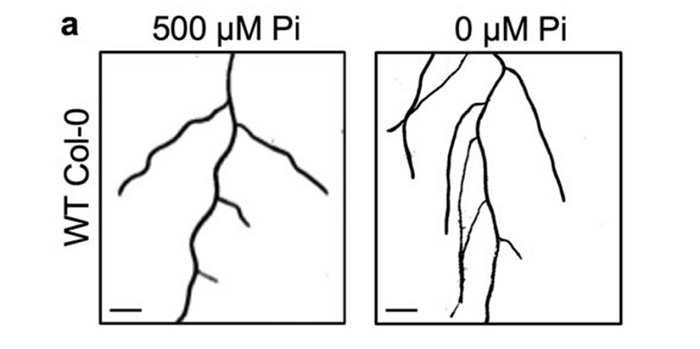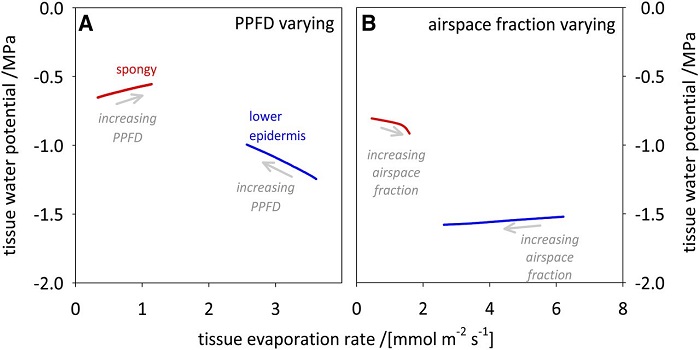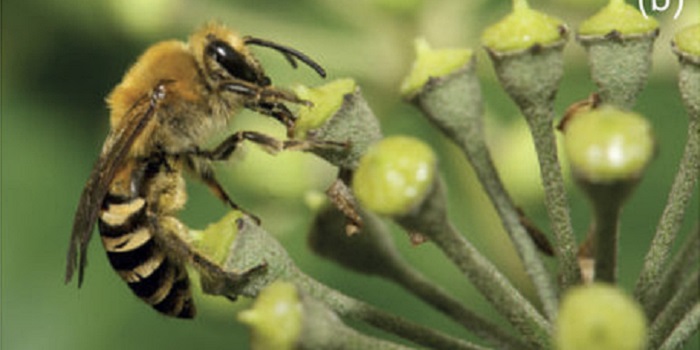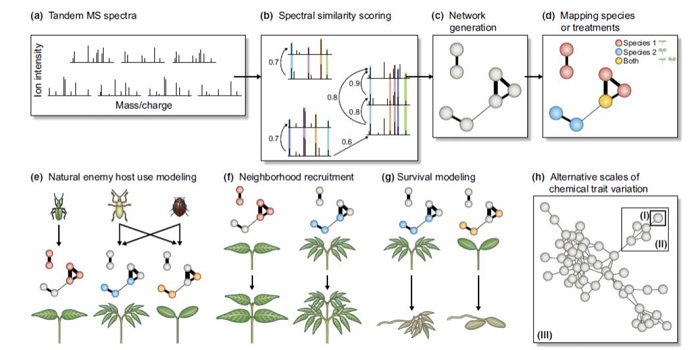
Review: Secrets of succulence ($)
0 Comments
/
“Succulence is a phenomenon that has long eluded a decisive consensus definition,” begins Males in his review of the physiology and evolutionary developmental biology of succulence. Succulence can broadly be defined as the storage of water such that the plant can maintain physiological activity in…

Monitoring the Dynamics of Freezing in Trees
Ice formation within plants influences their physiology mechanically, hydraulically, and at a cellular level. Mechanical strain occurs as water expands during freezing and tension is induced in the remaining liquid-phase sap. Xylem cavitation is initiated upon freezing due to the low (i.e. negative)…

Opinion: Increasing crop yield and resilience with trehalose 6-phosphate ($)
Trehalose 6-phosphate (T6P) is a disaccharide formed from two glucose sugars, and more importantly is a signal of glucose availability and regulator of energy homeostasis. Acting via the protein kinase SnRK1, T6P controls the allocation of carbon, leading the plant down a “feast” (growth) or “famine”…

Elevated CO2 does not increase eucalypt forest productivity on low-phosphorus soil ($)
The “Law of the Minimum” put forth by Justus von Liebig states that the most limiting nutrient governs plant growth. Although there is evidence in some conditions that increasing atmospheric CO2 levels can enhance plant growth, this only holds true under conditions in which CO2 is limiting growth.…

Divergence of annuality and perenniality in Brassicaceae and contribution of FLC variation ($)
FLOWERING LOCUS C (FLC) is a flowering repressor that is highly conserved in the Brassicaceae family. This family contains species that show an annual life history (plants that flower and senesce, giving one generation per year), as well as perennials (plants that flower several times in their life cycle…

Regulation of gravitropic set point angle
One parameter that defines a plant’s architecture is the angle at which its branches and lateral roots lie with respect to gravity, known as the gravitropic set point angle (GSA). Like all aspects of plant architecture, GSA is a highly plastic trait that is sensitive to light and nutrient availability.…

Sites of Water Evaporation from within Leaves
Current available evidence suggests that the location of the sites of evaporation is important for many questions across plant physiology, including patterns of leaf isotopic enrichment, maintenance of mesophyll water status, stomatal regulation, and interpretation of measured stomatal and leaf hydraulic…

The importance of pollen chemistry in evolutionary host shifts of bees
Some bees are generalist pollinators that gather pollen from a wide range of species, whereas others are specialists that visit only one or a few species. Vanderplanck et al. examined floral traits of the host plants of two different groups of generalist bees. There was no significant correlation between…

Review: The cryptic chemical traits that mediate plant community composition
Plants produce a huge variety of specialized metabolites, many with roles in defense. Metabolic profiles rarely follow phylogenetic lines; in fact, closely related species often produce dramatically different suites of metabolites. When it comes to defense chemistry, it is advantageous to be different…

